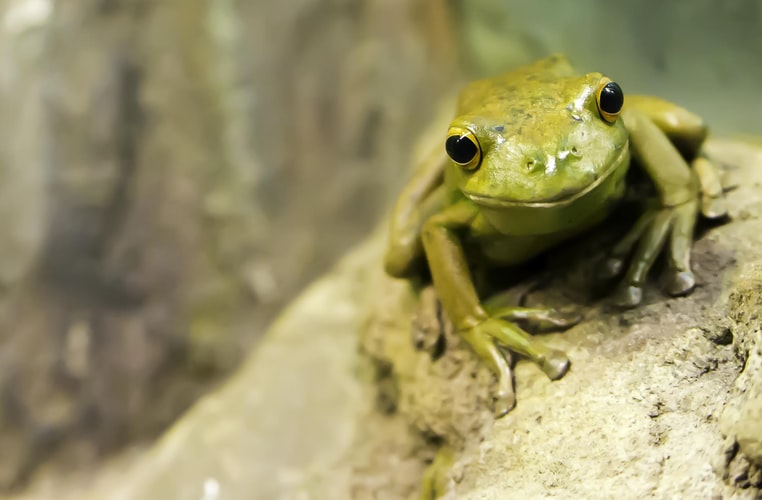A paludarium is essentially an aquarium that combines both a layer of water with some terrestrial surface. A well-designed paludarium setup not only looks great, but also provides a superior environment for a wide range of animal species. However, putting together a paludarium for the first time can prove tricky. The main issue you’ll encounter is replicating a wide range of environments within a limited amount of space. That being said, with a little patience and some careful planning, putting together a first-rate paludarium is very achievable.
How to Easily Establish a Paludarium
The main thing you have to consider when setting up a paludarium are the multiple layers that need to be established. It’s not just a case of putting together a basic aquarium landscape, then adding a few rocks to break the water layer. You’re aiming to design a semi-enclosed ecosystem offering a range of conditions for a variety of species.
However, the water layer is arguably the most important aspect of a paludarium. When establishing the water layer, all the best practice applied to aquariums needs to be considered. You’ll need to ensure filtration is covered by a reliable system, while water temperature will also need to be maintained with a heating unit if you are keeping tropical fish species. You will also need to ensure pH levels are at desirable levels. The only real difference between the water layer of a paludarium and an aquarium is that semi-aquatic species will contribute more waste that will need to be filtered out. When setting up your paludarium, consider ease of access for cleaning and general upkeep.
Once you have designed your water layer, you can start focusing on the terrestrial layer. Establishing the land element of your paludarium will require more thought. You’ll of course need to provide sufficient living space for animals, so don’t let aesthetics steer your design too much. Depending on the height of your enclosure, your land layer may encompass both moist and dry land layers. If you only intend on keeping amphibious species in your paludarium, a moist layer should be more than sufficient for your needs. However, reptile species will require a much drier environment if they are to remain healthy.
Transitional Layers and Paludarium Canopies
If you have a large enough enclosure to work with, you may want your paludarium to incorporate a transitional layer. This layer will essentially replicate a riverside conditions, with sloping substrates, rocks and plants that thrive in marshy environments. When designed correctly, a transitional layer can look amazing, but you’ll need to be careful when furnishing your enclosure with suitable substrate material and other items.
Finally, you have the canopy layer to consider. Some paludarium owners neglect this layer entirely, while others go overboard with heavy coverings of tall plants. You want to avoid either extreme and put more thought into establishing your canopy layer. This upper layer of your paludarium will be utilised by amphibious and reptile species, if you are incorporating them, so you’ll need to ensure any plants you bed into your paludarium are hardy enough to accommodate them. However, if you are only housing fish species in your paludarium, you won’t necessarily need to include a canopy layer for any functional reason.

